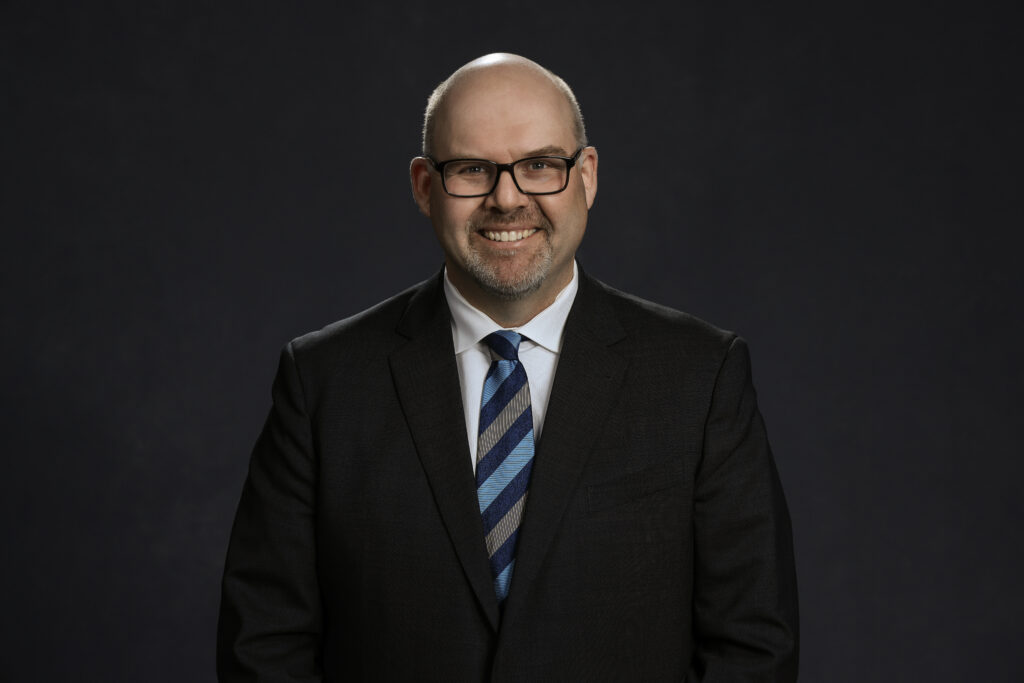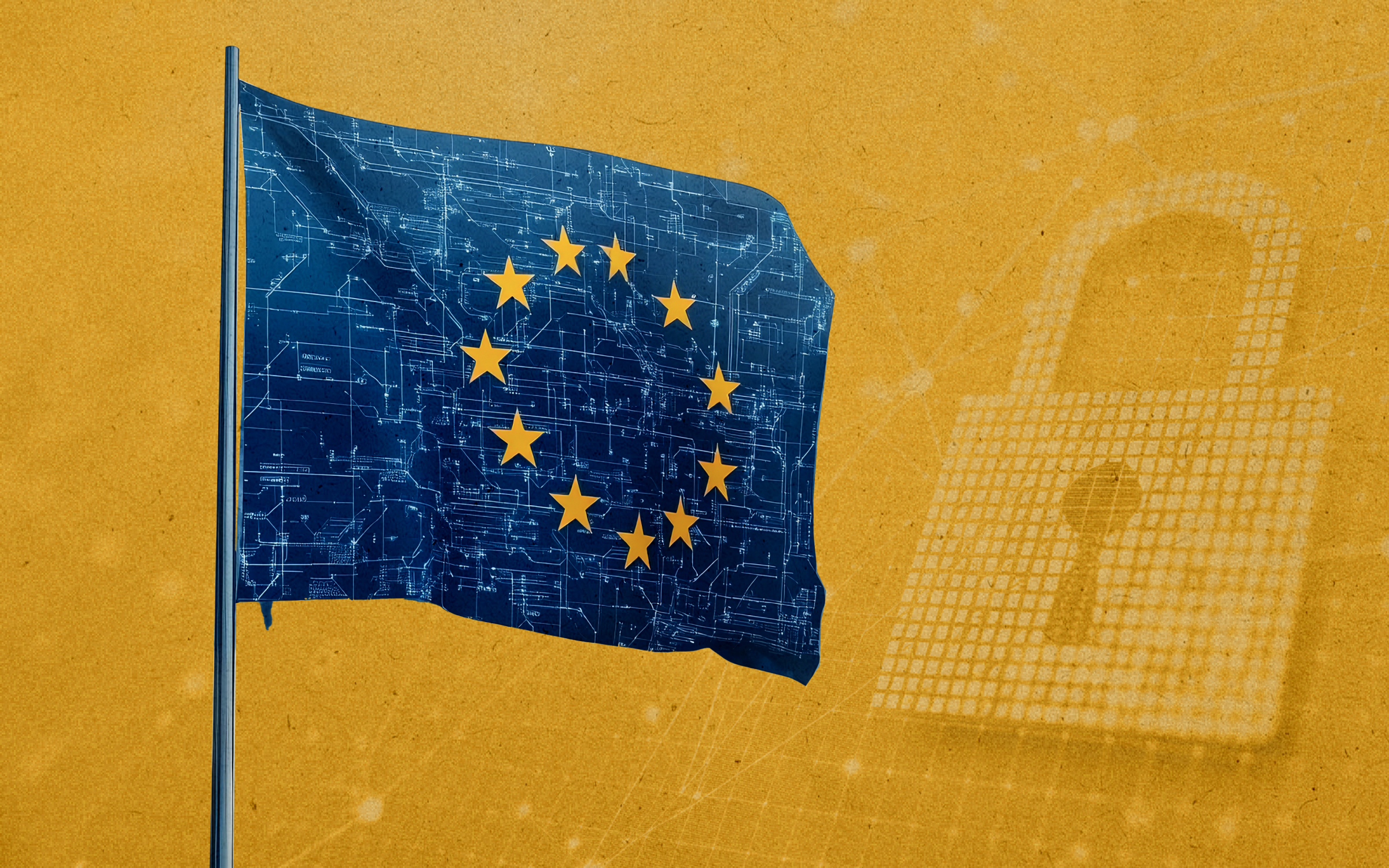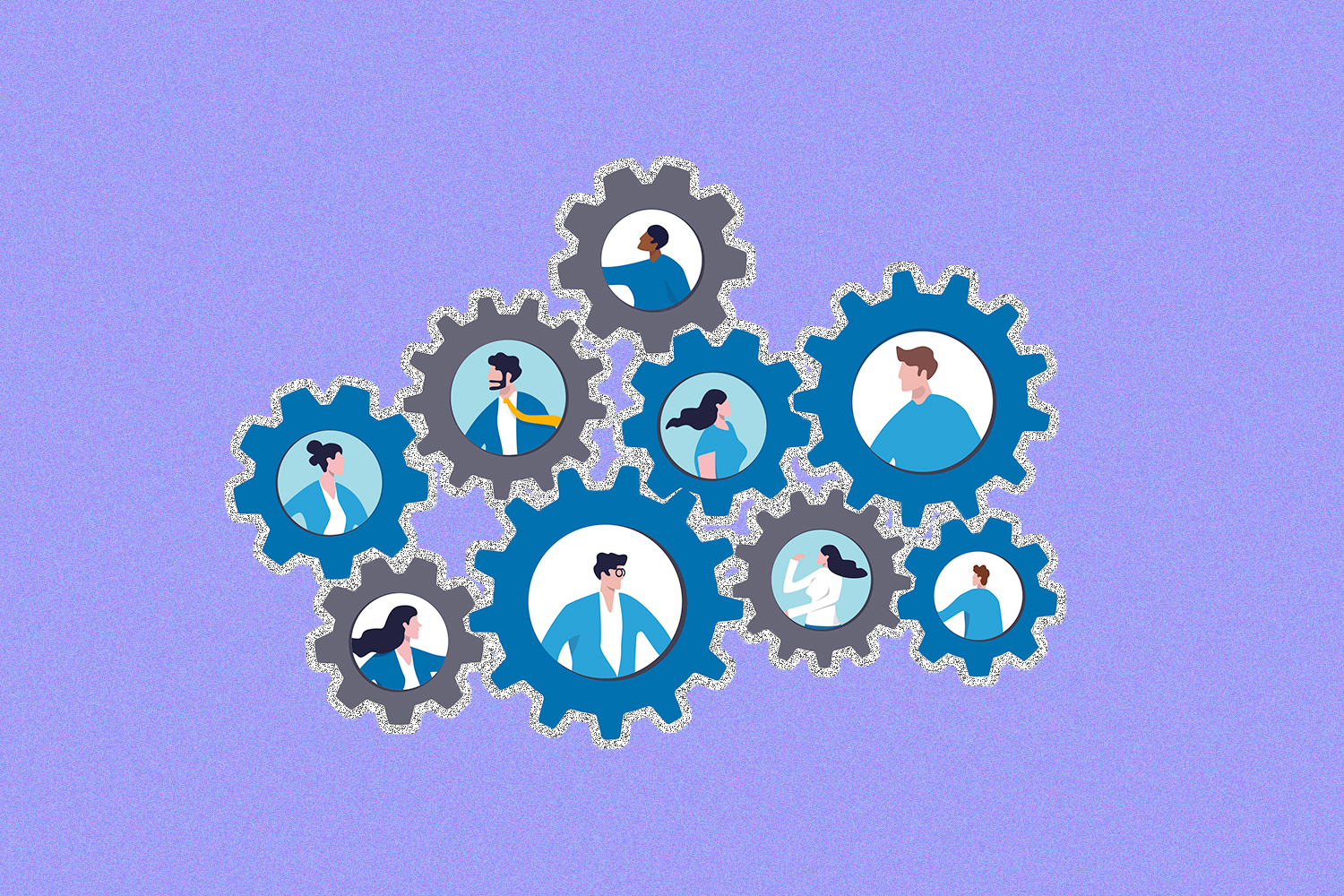The Rooney Rule is an NFL rule that all 32 teams must interview at least two women and/or persons of color when seeking to fill prominent positions. Manufacturer Milliken & Company has its own version of the rule in its hiring pipeline, according to chief human resources officer Craig Haydamack.
Not only is the company interviewing diverse candidates for open roles. The panel of internal employees running the interview must also have racial and gender diversity. “We like recognizing that if you’re going to be more inclusive in your recruiting, you need to have the hiring decision group be inclusive, not just the candidate pool,” says Haydamack. “We’ve seen an increase in our diversity hiring every year since we made that change.”
It doesn’t stop there. Once hired, Milliken takes steps to make sure there is support for the development and advancement of its diverse employees. The company takes a three-pronged approach when supporting its diverse talent internally.
- The company runs an executive sponsorship program with over 30 participants, where diverse employees are paired with a mentee or sponsor from a different background. For example, Haydamack says, a White, male senior vice president may be paired with a Hispanic mentee.
- Diverse employees can participate in educational forums with senior leadership so they can gain deeper insight into the company’s strategy. “The idea is that they get a deeper understanding of what’s happening with the company, and understanding of how things work, what the needs are, where the company’s going,” Haydamack says.
- Employees can also participate in a business simulation experience, where they have two days to practice running their own operation in teams of five to six people. “They get to have different experiences, see the business world from different perspectives than what they normally operate in,” Haydamack says. “And just as importantly, as they’re in these groups that are going to be people that they don’t typically work with, and that helps them build their network.”
In a conversation with Senior Executive Media, Haydamack shared Milliken & Company’s diverse hiring strategy, diverse employee support practices and DEI initiatives. Read the edited excerpt below.

“What I’ll say is that since we started this program, ensuring diverse hiring panels for decision making, and increasing our outreach to diverse candidate pools has been important. We’ve seen an increase in our diversity hiring every year since we made that change.”
Craig Haydamack, Chief Human Resources Officer at Milliken & Company
Senior Executive Media: Can you go into the evolution of all your DEI initiatives?
Craig Haydamack: We really started the program right at the beginning of 2018. The importance of Inclusion was something we had been talking and how it supports our company’s values around people… We had done quite a bit of benchmarking on other companies and how they were approaching this.
At the end of 2018…our leadership team made a decision to sign the CEO action pledge for diversity and inclusion. This public pledge was an important foundation that we used to build our DEI strategy and align our leadership and Board of Directors. There are six elements to our strategy that allow us to take measurable steps forward…
- Diversity, outreach and hiring.
- Development and advancement.
- Engagement and employee experience.
- Active support for DEI initiatives in our community.
- And also accountability, which is around how we measure, test and ensure that we’re following through to meet our commitments.
Sometimes companies can start initiatives and lose focus when other issues arise. Since we started this program a few years ago, we have not lost any focus on DEI. We’ve continued to grow and expand what we’re doing.
Senior Executive Media: Can you go into some of your successful initiatives?
Craig Haydamack: It’s not just hiring. It’s the whole workforce experience. All the elements of the experience must be considered to make real progress in DEI. Looking through the diversity and inclusion lens at all elements of talent management, not just hiring, is critical. Some organizations focus solely on diversity hiring and hiring alone will not create a culture of inclusion.
We put in our own version of the Rooney Rule… The first part of it is that, for all of our interview teams we need to have racial and gender diversity on them. So we like recognizing that if you’re going to be more inclusive, you need to have the decision making group be inclusive, not just the candidate pool. So that’s been an important element for us. And getting more people involved in interviewing and influencing decision making has been really important. And we saw an immediate impact of that. We also drive outreach programs to ensure there is gender and racial diversity in our candidate pools.
The second part of our strategy I’d mention is supporting career development and advancement. We have an executive sponsorship program that we put in place for associates to help ensure they’re getting information about the company. They have executive sponsors and get additional educational development opportunities. We have open forums to help ensure that those folks that are earlier in their career that have a lot of potential to advance and move into succession planning roles are getting the active support that they need to do that. We’re ensuring that our sponsorship group has diverse representation from across the company.
Senior Executive Media: What’s the quantitative impact of your initiatives?
Craig Haydamack: We actually have a monthly scorecard that’s five pages long. We go through it with the senior leadership team and also our Board of Directors. We don’t broadcast it to all of our associates, because the concern that the inclusion program will shift to focusing on numbers and the DEI program can lose the focus on values and culture. To our broader employee population, we broadcast the importance of this inclusion in our values. Behind the scenes, we measure it like crazy to make sure that the right things are happening in that space, but we don’t broadcast all of our detailed numbers out there.
What I’ll say is that since we started this program, ensuring diverse hiring panels for decision-making, and increasing our outreach to diverse candidate pools has been important. We’ve seen an increase in our diversity hiring every year since we made that change. We apply this to our intern hiring as well. That’s an important source of new, incoming talent… The race and gender diversity of our intern group as well has increased every year that we have done this.
We have our first-ever female division president at Milliken, which was a big step forward for us. And there has been growth in diversity in our senior management community (director-level positions and higher).
Senior Executive Media: Can you dive deeper into your professional development opportunities for diverse candidates?
Craig Haydamack: We do talent and succession planning reviews for all areas of the company every year. That’s a new practice we started about four years ago. We identify associates in the company that have high potential…We look at skills, capabilities, career interests, what are people’s career trajectories, etc. We do these very thorough reviews to help identify where the potential is in our workforce, and that practice gives us a much greater depth of understanding of our associates than we have ever had before. During these reviews, we do measure and ensure diversity throughout our succession plans, and this work helps to advance our DEI strategy. The talent reviews have helped us get to know our people better and understand where the diverse talent is, and ensure they are getting career development and sponsorship support.
In terms of support, there are three elements of the executive sponsorship program…
- Our executive sponsorship program is a year-long cohort. We have about 30 employees participating per year… They get personally assigned an executive sponsor, who is typically at a vice president or higher level, and we try to actually make it sort of cross diversity. So a white male sponsor like myself may be connected to a diverse associate to help build that person’s network. We’re trying to purposely make greater connections across our inclusive community. They have a mentor/coach/sponsor assigned that works with them once a month on whatever issues and needs and development items they have. That’s one element.
- Number two is that we have a series of educational forums for them throughout the year, so they get deeper insights into what’s happening with the company financials, the progress, the strategy. We actually have a couple of sessions a year with the CEO, where he comes in and speaks directly with the group and answers their questions. The idea is that they get a deeper understanding of what’s happening with the company, and understanding of how what works, what the needs are, where the company’s going, and etc.
- The third element is we’re actually having a business simulation experience. You take people and there’s a professional facilitation company that comes in and does this. You have these sort of imaginary companies that you form. And you get to form these small groups of five or six people that are the CEO, head of marketing and finance and operations, etc. They wear different hats than they normally would in their day-to-day jobs. And they come together and go through this simulation of running this business over a couple of days, and they get to have different experiences, see the business world from different perspectives and what they normally operate in. And just as importantly, as they’re in these groups that are going to be people that they don’t typically work with, and it helps them build their network and their connections and get to know people that are from multiple parts of the company, multiple regions, different diverse backgrounds, etc.
We have a graduation at the end but we also say to folks that development never really ends. You now have this broader network and you have sponsors and connections that are part of your work experience that you can carry forward with.






